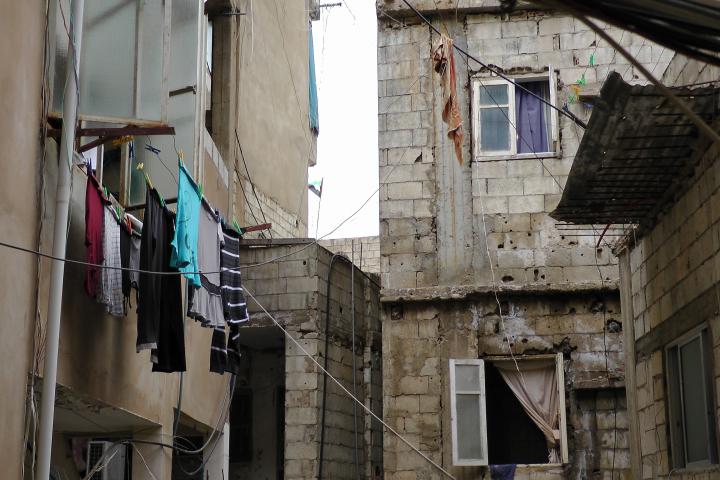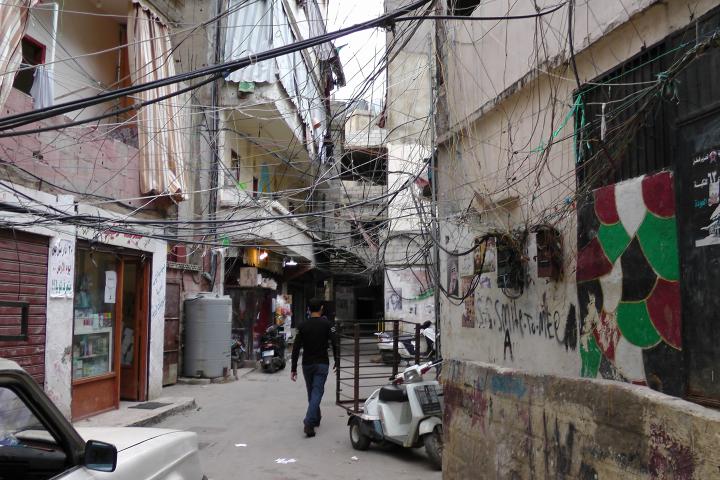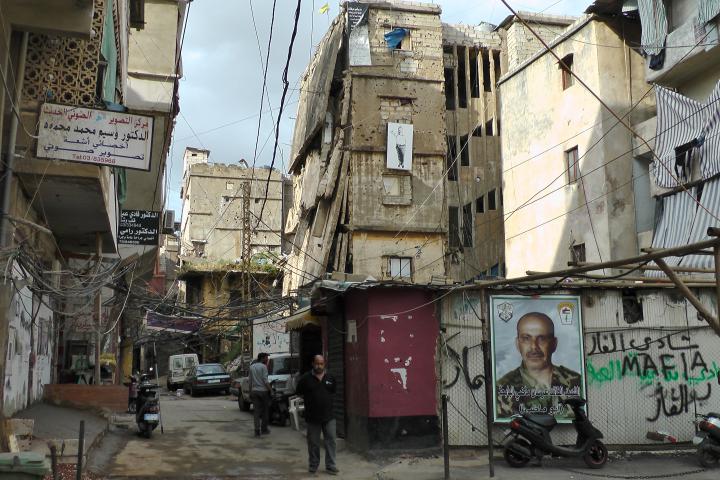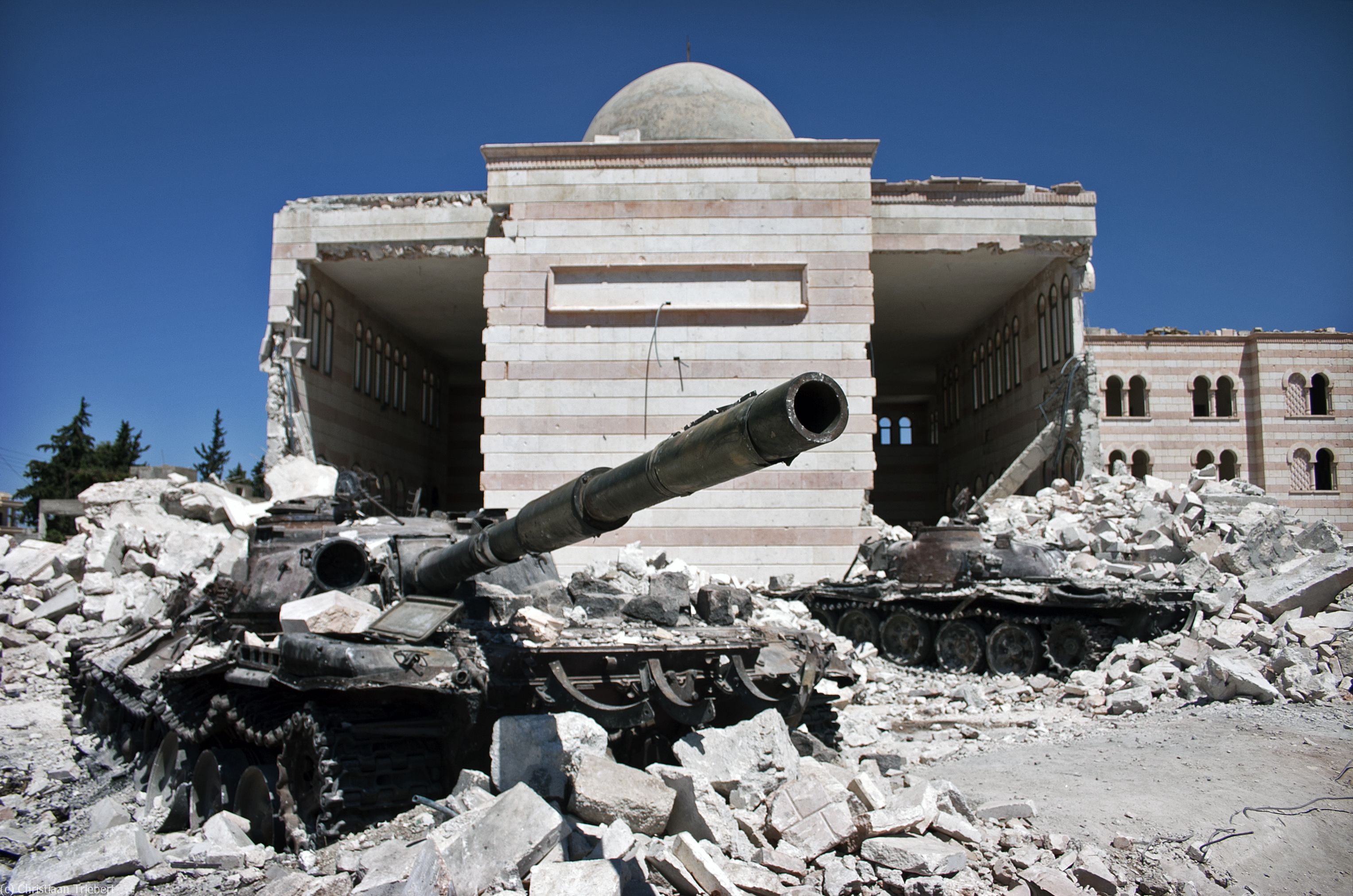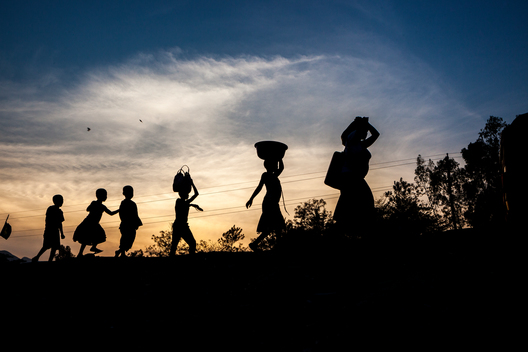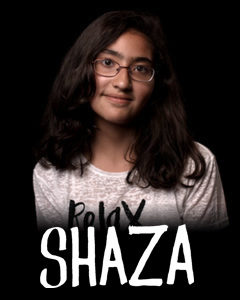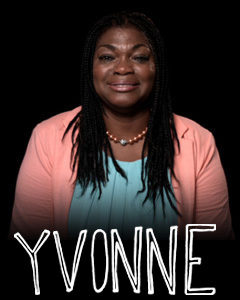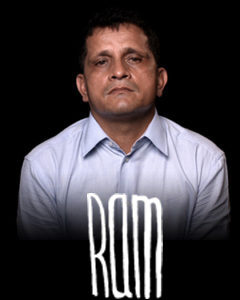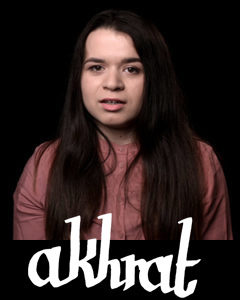Disasters & Conflicts: Syria. Political conflict, 2011-current
The revolution in Syria begins when a hundred people take to the streets in early 2011.

Syria. Political conflict, 2011-current
Land: Syria
Period: 2011-present
Type of conflict: Civil war
Conflict: Revolt against President Bashar al-Assad and his government. The violent response ends in all-out civil war
Parties involved: Syria, the Ba’ath party, rebels, western countries, Russia and China, the United Arab Republic
Estimated number of victims: over 400,000 deaths and over 12 million refugees, 4.8 million of whom have fled abroad.
The revolution in Syria begins when a hundred people take to the streets in early 2011. They are protesting openly against an attack on a citizen by three policemen. Encouraged by neighbouring Arab countries, the protests spread within a few months. And that is exceptional in Syria, where expressing your opinions in public can endanger your life. The leader, Bashar al-Assad, and his father before him, have ruled Syria since 1971. Authorities keep a close eye on the people. The government clamps down hard on the protests, prompting rebels to take up weapons. More and more groups rise in revolt, with various motives and for various reasons. From 2013 on the violence intensifies, and even chemical weapons are deployed.
The United Nations, where all countries of the world come together, do not respond to the violence in Syria unanimously. Russia and China side with President Bashar al-Assad. West nations (United States, France, England, Netherlands and others) secretly support the opposition. But the question of whether or not to supply weapons to the rebels is a complex one. For who exactly is the opposition? Repression in Syria means that there has never been any organised opposition. What is more, numerous opposition groups are active amidst the chaos in the country, among them groups with radical ideas. The West does not want the weapons to fall into the wrong hands.
By now Syria has become the biggest flashpoint in the world. Estimates of the number of deaths rise above 400,000. At the same time, the conflict has generated a massive flow of refugees. Half of the population has fled the violence: 4.8 million people have crossed the border, mainly into Lebanon, Jordan and Turkey. And 7.5 million people have sought shelter within Syria.

